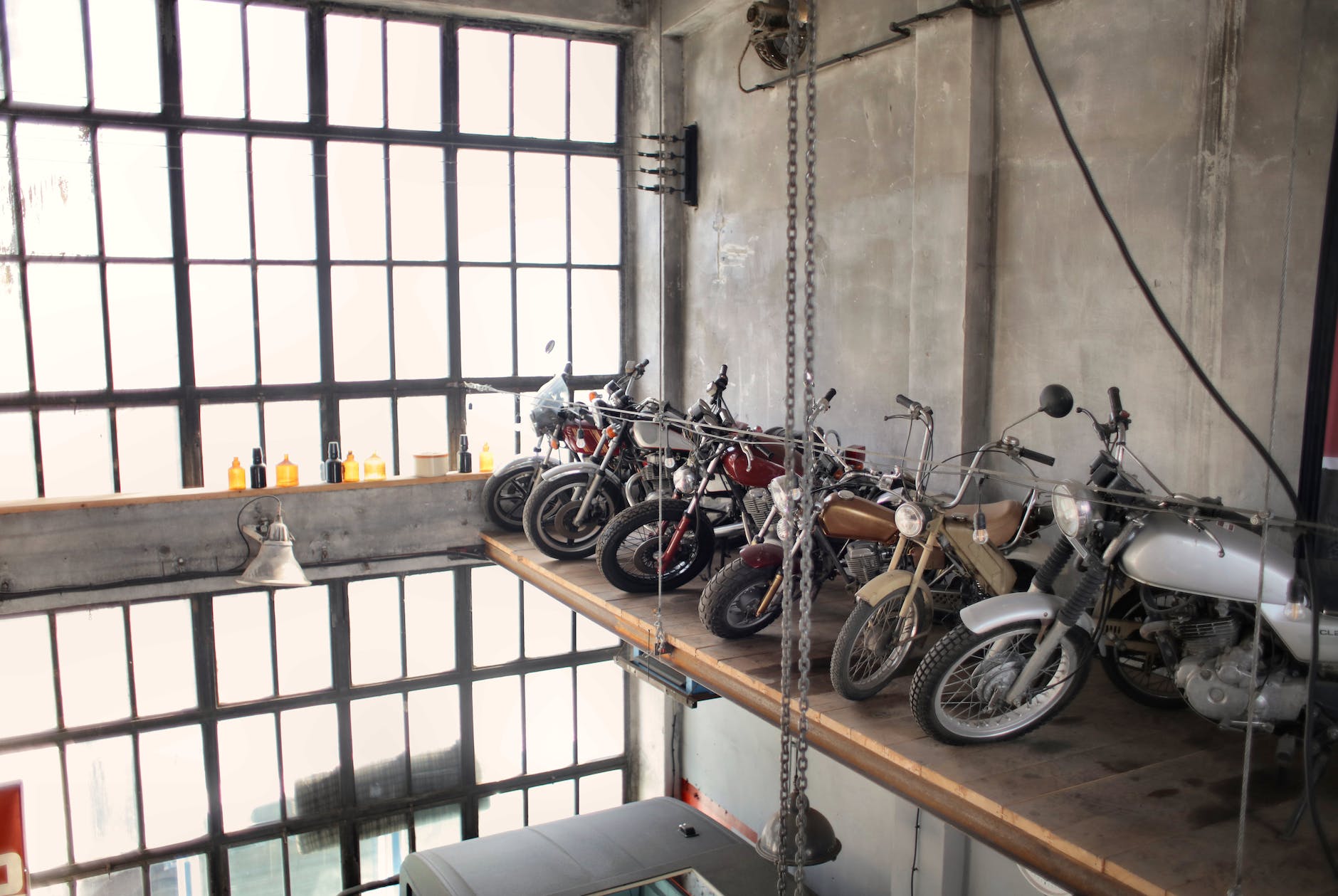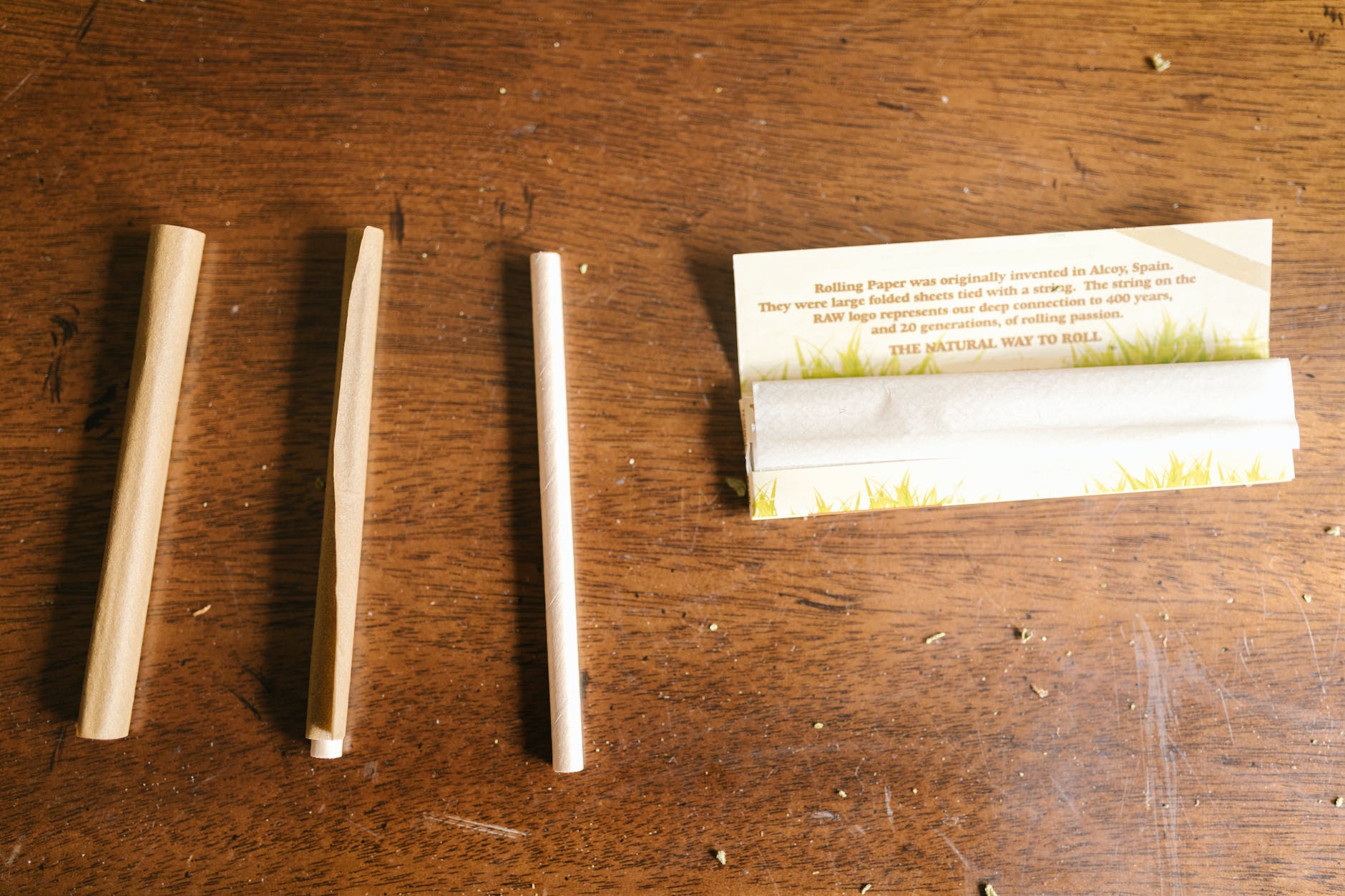The debate on whether to grow cannabis indoors or outdoors is a critical one for those entering the cultivation scene. There isn’t a straightforward answer, as both have their pros and cons, but ultimately it will depend on the grower’s knowledge, needs, and preferences. In this article, we will discuss the most important factors that determine your choice between indoor and outdoor cannabis cultivation, such as light cycle, temperature, humidity, pests, yield, cost, security, environmental impact, soil quality, and quality control.
Light Cycle
When growing outdoors, cannabis plants rely on the natural light cycle, which means they will flower only when the days become shorter and nights become longer. One advantage of growing indoors is the ability to manipulate the light cycle to suit the grower’s needs. Artificial light sources allow you to control the day and night periods, as well as the spectral composition of light. As a result, you can speed up the growth and flowering processes, potentially enabling you to harvest multiple crops per year.
Temperature and Humidity
Outdoor plants will experience fluctuations in temperature and humidity that are beyond a grower’s control. However, when growing indoors, conditions can be kept relatively stable with the right equipment. This control over temperature and humidity can create an optimal environment for cannabis growth, ultimately leading to faster growth, higher yields, and reduced risk of mold and pests.
Pests
Growing outdoors exposes cannabis plants to various insects, animals, and diseases that can damage or destroy the crop. Indoors, it is easier to maintain a pest-free environment, protecting your plants from harm. However, it is still possible for pests to enter an indoor grow room, so maintaining a clean and controlled environment is critical.
Yield
Outdoor cannabis plants have the potential to become considerably larger than those grown indoors, leading to potentially higher overall yields. However, indoor plants can be cultivated more efficiently and consistently, leading to a more predictable and controlled yield.
Cost
Growing cannabis outdoors is generally cheaper, as there are no costs associated with artificial lighting, air conditioning, or ventilation systems. The downside is that outdoor plants are more vulnerable to theft or detection, which can be a significant concern for those living in areas where cannabis cultivation is illegal or highly regulated. Indoor cultivation requires higher initial investments and ongoing costs, but it can provide better security and discretion.
Security
Security is an essential aspect of cannabis cultivation. Growing indoors allows for better control over access to your plants and is generally more discreet. However, outdoor plants can be hidden amongst other crops or landscaping features to reduce their visibility.
Environmental Impact
Growing cannabis outdoors has a significantly lower environmental impact compared to its indoor counterpart, as it relies on natural resources like sunshine and rainwater, whereas indoor cultivation requires energy-consuming equipment like artificial lights and climate control systems.
Soil Quality and Nutrients
Outdoor cultivation allows cannabis plants to grow in their natural environment, where they can access a more diverse range of nutrients from the soil. However, this also means that they are subject to variations in soil quality, which can lead to inconsistencies in growth and yield. In contrast, indoor growers can use techniques like hydroponics or aeroponics to create an ideal nutrient environment for their plants.
Quality Control
Indoor cultivation offers greater quality control over the growing conditions, which can result in more consistent and potent cannabis. However, outdoor plants tend to develop more complex flavors and aromas due to their exposure to natural elements. Additionally, outdoor plants can produce larger buds and more overall biomass due to their exposure to full-spectrum sunlight.
In conclusion, the decision to grow cannabis indoors or outdoors ultimately comes down to the grower’s unique circumstances, preferences, and priorities. While indoor cultivation offers greater control and security, outdoor cultivation can provide higher yields and lower costs. It is essential to weigh the pros and cons of each method carefully before deciding on the best approach for your individual needs.

